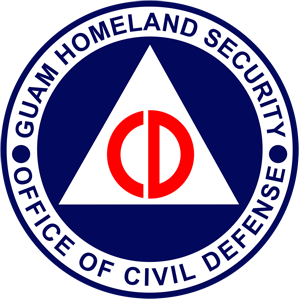Why is Critical Infrastructure Protection Important?
- Attacks on critical infrastructure could significantly disrupt the functioning of government and business alike and produce cascading effects far beyond the targeted sector and physical location of the incident.
- Direct terrorist attacks and natural, manmade, or technological hazards could produce catastrophic losses in terms of human casualties, property destruction, and economic effects, as well as profound damage to public morale and confidence.
- Attacks using components of the nation’s critical infrastructure as weapons of mass destruction could have even more devastating physical and psychological consequences.
The Homeland Security Act of 2002 provides the primary authority for the overall homeland security mission. This act charged the Department of Homeland Security with primary responsibility for developing a comprehensive national plan to secure critical infrastructure and recommend "the measures necessary to protect the key resources and critical infrastructure of the United States." This comprehensive plan is the National Infrastructure Protection Plan (NIPP), published by the Department in June 2006. The NIPP provides the unifying structure that integrates a wide range of protective security efforts into a single national program.
Critical Infrastructure Protection
From energy systems that power our neighborhoods, to transportation networks that move us around our communities and the country, to facilities that provide our families with safe drinking water, critical infrastructure impacts nearly every aspect of our daily lives.
"Critical infrastructure" is defined by federal law as "systems and assets, whether physical or virtual, so vital to the United States that the incapacity or destruction of such systems and assets would have a debilitating impact on security, national economic security, national public health or safety, or any combination of those matters." The Department has identified 18 critical infrastructure sectors, as diverse as agriculture and food, emergency services, and cyber networks.
Critical infrastructure provides enormous benefits, services, and opportunities on which we rely, and the Department is very mindful of the risks to this infrastructure posed by terrorists, pandemic diseases and natural disasters. We know that these threats can have serious effects, such as cutting populations off from clean water, power, transportation, or emergency supplies.
Secretary Napolitano is working to raise awareness about the importance of our nation’s critical infrastructure and strengthen our ability to protect it. The Department oversees programs and resources that foster public-private partnerships, enhance protective programs, and build resilience to withstand and recover rapidly from the impacts from natural disasters or terrorist threats. Key activities in those areas include:
- Assessing vulnerabilities, implementing protective programs, and improving security protocols
- Enhancing preparedness through training and exercises
- Assisting with contingency planning, response, and recovery
- Implementing real-time information sharing
- Implementing cybersecurity measures
- Assisting with infrastructure data collection and management
- Implementing regulations for high-risk chemical facilities
- Developing standards for federal building security







